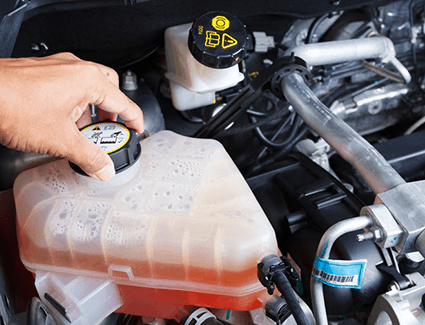Tire maintenance is one of the most important aspects of vehicle ownership, yet it is often overlooked. Your tires are the only point of contact between your vehicle and the road, and they play a critical role in your safety and the performance of your vehicle. In this article, we will discuss the importance of tire maintenance, the benefits of replacing your tires, and provide a step-by-step guide on how to replace your tires yourself.
Why is tire maintenance important?
Your tires are the only point of contact between your vehicle and the road, and they play a critical role in your safety and the performance of your vehicle. As you drive, your tires wear down, and as they wear down, they lose their ability to grip the road and provide proper traction. This can lead to dangerous situations, such as hydroplaning or skidding, and can also negatively impact your vehicle’s fuel efficiency.
Regularly checking your tire pressure, rotating your tires, and having them aligned can help prolong the life of your tires and ensure that they are performing at their best. However, even with regular maintenance, your tires will eventually need to be replaced.
Benefits of replacing your tires
When your tires are worn out, they no longer provide the same level of grip and traction as when they were new. This can lead to dangerous situations on the road, such as hydroplaning or skidding. Additionally, worn out tires can negatively impact your vehicle’s fuel efficiency, leading to higher fuel costs.
When you replace your tires, you are investing in your safety and the performance of your vehicle. New tires will provide better grip and traction, improving your vehicle’s handling and braking performance. Additionally, new tires can improve your vehicle’s fuel efficiency, leading to lower fuel costs.
How to replace your tires
Before you begin, make sure that you have the proper tools, including a jack, lug wrench, and wheel chocks. You should also consult your vehicle’s owner’s manual for specific instructions and any precautions specific to your vehicle.
Step 1: Loosen the lug nuts
Before you begin, make sure your vehicle is on a level surface and that the emergency brake is engaged. Use your lug wrench to loosen the lug nuts on the wheel that you will be replacing. Do not remove the lug nuts yet, just loosen them.
Step 2: Jack up your vehicle
Place the jack under the designated jack point on your vehicle and raise the vehicle until the wheel is off the ground. Make sure the vehicle is securely supported by the jack before proceeding.
Step 3: Remove the wheel
Remove the lug nuts and take off the wheel. Place the wheel aside and take the new tire out of the packaging.
Step 4: Mount the new tire
Place the new tire onto the wheel hub and secure it with the lug nuts, making sure they are tightened evenly.
Step 5: Lower the vehicle
Lower the vehicle back down to the ground and remove the jack. Tighten the lug nuts securely.
Step 6: Repeat the process
Repeat the process for the remaining wheels.
Step 7: Check the tire pressure
Check the tire pressure for all the tires and adjust it to the recommended pressure as per the car manual.
Step 8: Take the car for a test drive
Take the car for a test drive and check the ride and handling, if everything is fine, then you are good to go.
Precautions
When working on your vehicle, it is important to take proper safety precautions. Always work on a level surface and make sure the vehicle is securely supported by the jack before proceeding. Never work under a vehicle that is supported only by a jack. Always engage the emergency brake and use wheel chocks to secure the vehicle in place. Always make sure to use the proper tools, such as a jack and lug wrench, and consult your vehicle’s owner’s manual for specific instructions and precautions.
Also, always make sure that the replacement tires you are using are of the same size and rating as the original tires. Using the wrong size or rating of tires can lead to dangerous situations on the road and can also negatively impact your vehicle’s performance.
In conclusion
Tire maintenance is an important aspect of vehicle ownership and regular tire replacement can provide many benefits such as improving your vehicle’s performance, handling, braking and fuel efficiency. Changing your tires is not a difficult task and can be done by yourself with the right tools and knowledge. Always be sure to take proper safety precautions and refer to your vehicle’s owner’s manual for specific instructions and precautions. Happy and safe motoring!






